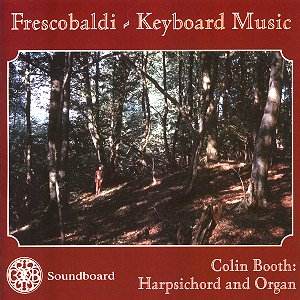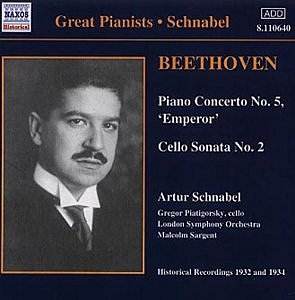 Composer: George Gershwin
Composer: George Gershwin
Works: Rhapsody in Blue, Concerto in F, An American in Paris, Variations on “I Got Rhythm”
Performers: Earl Wild (piano), Boston Pops Orchestra, Arthur Fiedler (conductor)
Recording: Recorded 1959 (Rhapsody, An American), 1961 (Concerto), location not specified
Label: RCA
George Gershwin occupies a singular place in the American musical landscape, where the boundaries of classical and popular music blur delightfully. His orchestral works, particularly “Rhapsody in Blue,” “Concerto in F,” and “An American in Paris,” encapsulate the jazz-inflected exuberance of the 1920s and 1930s, reflecting a cultural milieu that celebrated both innovation and tradition. The recent release featuring Earl Wild and the Boston Pops Orchestra under Arthur Fiedler offers a glimpse into Gershwin’s vibrant sound world, recorded during a time when the composer’s legacy was still taking shape.
Earl Wild’s performance of “Rhapsody in Blue” is marked by a certain interpretative richness, albeit tinged with a tendency toward over-interpretation that can occasionally distract from the work’s innate spontaneity. His use of ritardandos and tempo fluctuations creates dramatic moments, yet these choices risk overshadowing the piece’s lively pulse, which is a hallmark of Gershwin’s style. Compared to the lean and vital execution by Paul Whiteman’s ensemble in the 1927 recording, Wild’s approach feels somewhat indulgent, suggesting a middle-aged interpretation that is both technically adept and emotionally resonant but lacks the unbridled freshness of Gershwin’s original performance. However, Fiedler’s orchestral accompaniment serves as a stabilizing force, capturing the essence of Whiteman’s band while adding orchestral depth.
In “Concerto in F,” Wild showcases his virtuosic skills, navigating the intricate passages with a blend of flair and precision. The finale is particularly commendable, pulsating with the same verve that Gershwin infused into the work. While Wild’s interpretative choices are less controversial here, the recording does not escape the limitations of its era. The sound quality, although warm, sometimes obscures the clarity of the orchestral textures, particularly in the more complex passages. The engineering does not always do justice to the piano’s brilliance, allowing the characteristic Boston reverberation to soften some of the sharper orchestral details.
Fiedler’s treatment of “An American in Paris” is lively and engaging, emphasizing the work’s blues themes and rhythmic vitality. His ability to navigate the piece’s contrasting sections is noteworthy, particularly in the transition to the final Charleston, which feels invigorated and vibrant. This contrasts sharply with the more sedate interpretative choices of other conductors, such as Seiji Ozawa, who can imbue the work with a heavier weight reminiscent of Elgar’s “Cockaigne.” Fiedler breathes a distinct American spirit into the performance, aligning closely with Gershwin’s intent.
The recording serves as a solid introduction to Gershwin’s orchestral repertoire, ideal for newcomers who seek to explore his works through a lens that balances technical prowess with interpretative flair. While it may not ascend to the heights of historical significance represented by Bernstein or other contemporaries, it remains a commendable representation of Gershwin’s genius. The combination of Wild’s pianism and Fiedler’s orchestral direction creates a satisfying experience, though it ultimately leaves the listener yearning for a more incisive interpretation. The set stands as a valuable resource for both enthusiasts and those newly embarking on their journey through Gershwin’s diverse musical landscape.



